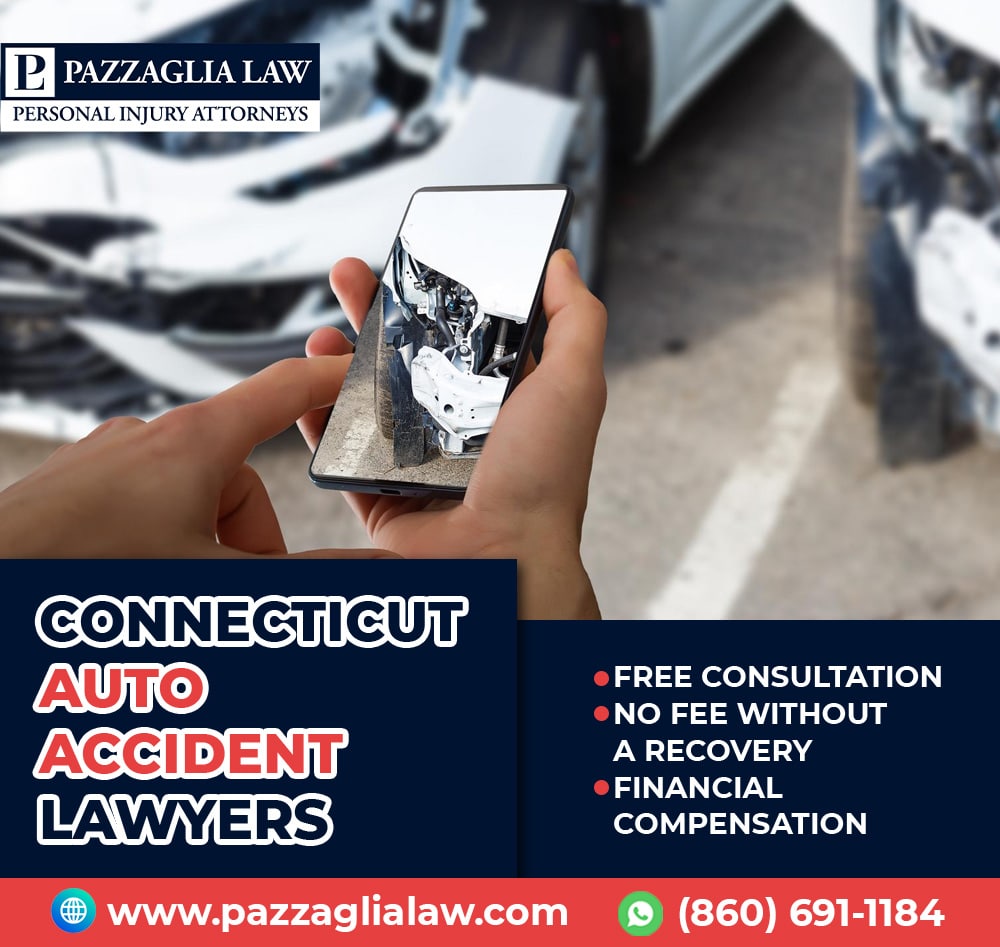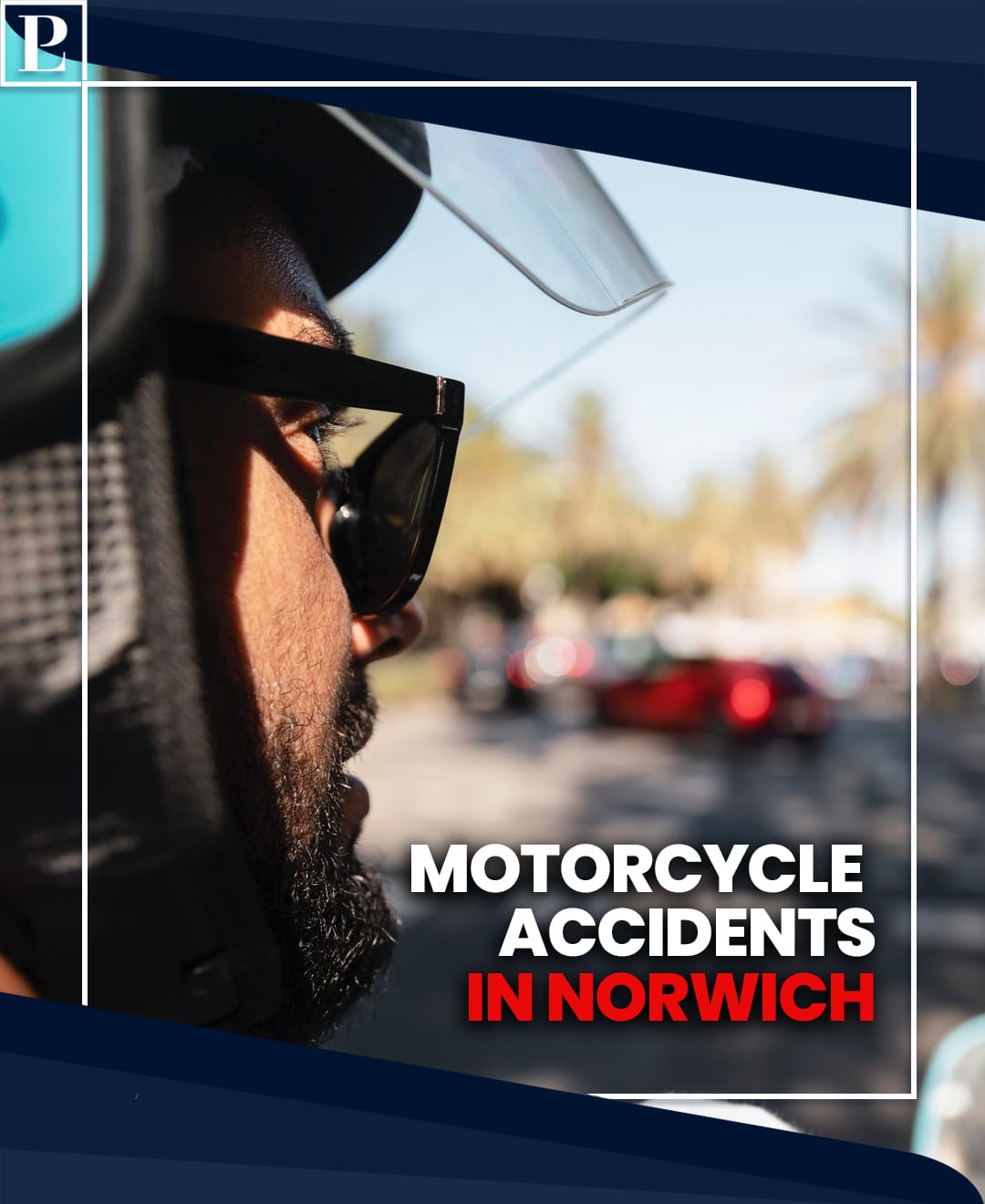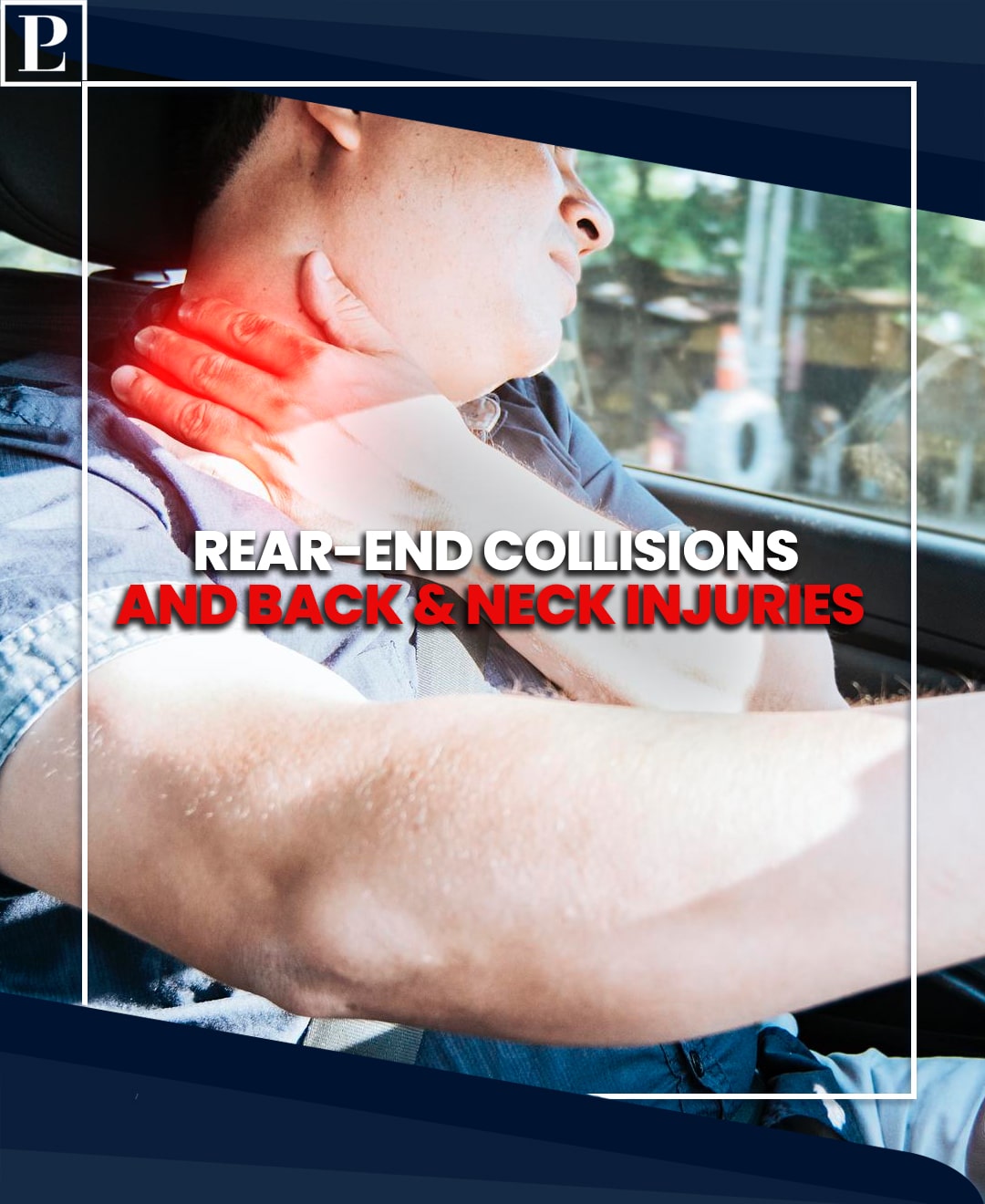Connecticut’s picturesque landscapes and bustling roads make it a charming place to live and explore. However, like any other state, it’s not immune to auto accidents. When an accident occurs, the aftermath can be overwhelming, especially if you’ve sustained injuries. In this blog, we’ll delve into the nuances of personal injury auto accidents in Connecticut, offering guidance and insight for those who find themselves in such unfortunate circumstances.
Understanding Personal Injury Laws: Connecticut operates under a “fault” system when it comes to auto accidents, meaning the at-fault driver is responsible for covering damages. Injured parties have the right to pursue compensation from the at-fault driver’s insurance company through a personal injury claim.
However, Connecticut also follows a modified comparative fault rule. This means that if you are found to be partially at fault for the accident, your compensation may be reduced by the percentage of fault assigned to you. If you are deemed to be 51% or more at fault, you may not be eligible for any compensation.
Steps to Take After an Accident:
- Ensure Safety: Immediately after the accident, check yourself and others for injuries. If anyone is injured, seek medical attention promptly.
- Contact Authorities: Report the accident to the police, especially if there are injuries or significant property damage. Obtain a copy of the police report for your records.
- Exchange Information: Collect the contact and insurance information of all parties involved in the accident. This includes names, phone numbers, addresses, license plate numbers, and insurance policy details.
- Document the Scene: Take photos of the accident scene, including vehicle damage, skid marks, road conditions, and any relevant traffic signs or signals. This documentation can be crucial evidence later on.
- Seek Medical Attention: Even if you don’t feel injured, it’s essential to undergo a medical evaluation after an accident. Some injuries, such as whiplash or internal trauma, may not manifest symptoms immediately.
- Consult with an Attorney: Consider seeking legal representation, especially if you’ve suffered injuries. A personal injury attorney can guide you through the complexities of the claims process and advocate for your rights. At Pazz Injury Law all of our claims are free and there are no fees without a recovery to you!
Navigating the Claims Process: Filing a personal injury claim in Connecticut involves several steps, including:
- Demand Letter: Your attorney will draft a demand letter outlining the details of the accident, your injuries, and the compensation you’re seeking. This letter is typically sent to the at-fault driver’s insurance company.
- Negotiation: The insurance company may respond with a settlement offer. Your attorney will negotiate on your behalf to secure a fair settlement that covers your medical expenses, lost wages, pain and suffering, and other damages.
- Litigation: If a settlement cannot be reached through negotiation, your attorney may advise filing a lawsuit. The case will proceed to court, where a judge or jury will determine the outcome.
- Resolution: In many cases, personal injury claims are resolved through settlement negotiations before reaching an actual trial. If a settlement is reached, you will receive compensation, and the case will be closed.
Conclusion: Auto accidents can have profound physical, emotional, and financial repercussions. If you’ve been injured in a car accident in Connecticut, it’s crucial to understand your rights and options for seeking compensation. By following the steps outlined in this guide and seeking guidance from a qualified attorney, you can navigate the complexities of the claims process and work towards obtaining the compensation you deserve. Remember, you don’t have to face this challenging situation alone.




